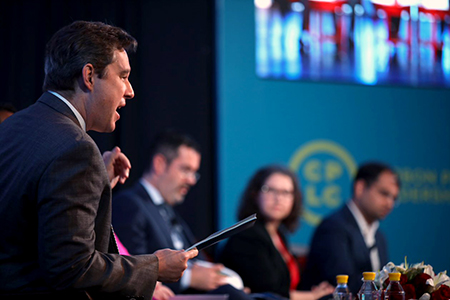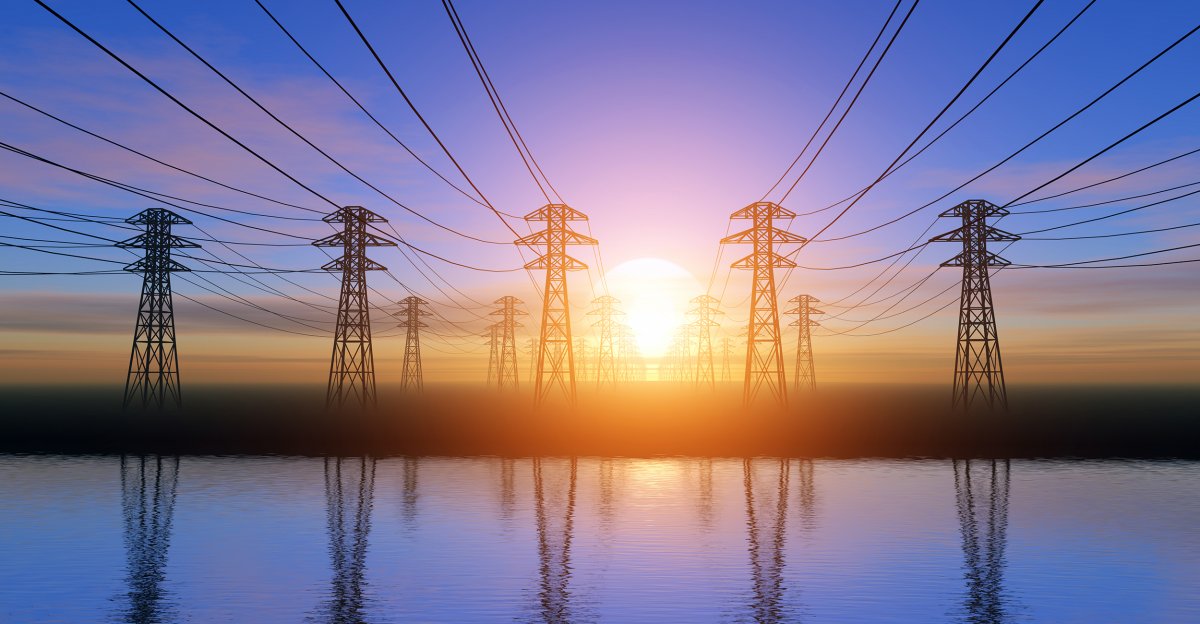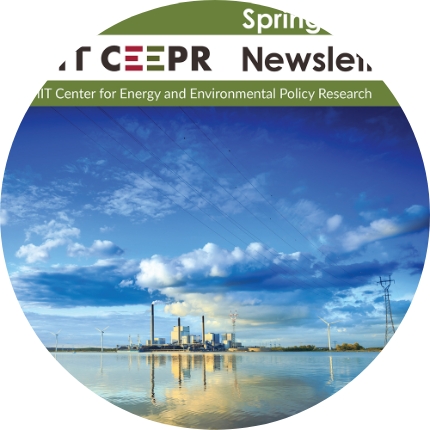
Fuel-switching and Deep Decarbonization
Fuel-switching is inevitable to achieve deep decarbonization. This has, inter alia, prompted an increasing number of countries to announce coal phase-out mandates in the power sector. This working paper suggest that, when accounting for stranded assets, a decarbonization pathway that is based on gradual transition to renewable energy and initially retains coal generating assets turns out to be less expensive than a strict coal phase-out.
SEE FULL ARTICLE
California wants to reform PG&E, but just how is uncertain
In this SF Chronicle article, a group of experts, including CEEPR Director Christopher Knittel, weigh in on some of the potential reforms and changes that PG&E may consider.
SEE FULL ARTICLE
MIT CEEPR plays key role at first international carbon pricing research conference
CEEPR Deputy Director Michael Mehling serves as conference co-chair.
SEE FULL ARTICLE
Competition for Electric Transmission Projects in the U.S.: FERC Order 1000
Professor Paul L. Joskow discusses the provisions of Order 1000, its application by ISOs, and examines the evidence to date regarding the development and application of the competitive transmission procurement model in the U.S in this CEEPR Working Paper.
SEE FULL ARTICLE
Machine Learning from Schools about Energy Efficiency
This working paper studies the effectiveness of energy efficiency upgrades in K-12 schools, and demonstrate that the machine learning method outperforms standard panel fixed effects approaches. The authors find that the upgrades deliver only 53% of ex ante expected savings on average, and find a similarly low correlation between school-specific predictions of energy savings and realized savings.
SEE FULL ARTICLE
The Efficiency and Distributional Effects of Alternative Residential Electricity Rate Designs
In this paper, researchers find that low-income customers would face bill increases on average in a transition to more economically efficient electricity tariffs. However, they demonstrate that simple changes to fixed charges in two-part tariffs can mitigate these disparities while preserving all, or the vast majority, of the efficiency gains.
SEE FULL ARTICLE
Subscribe To Our Newsletter
Subscribe now and check outour Past newsletters


